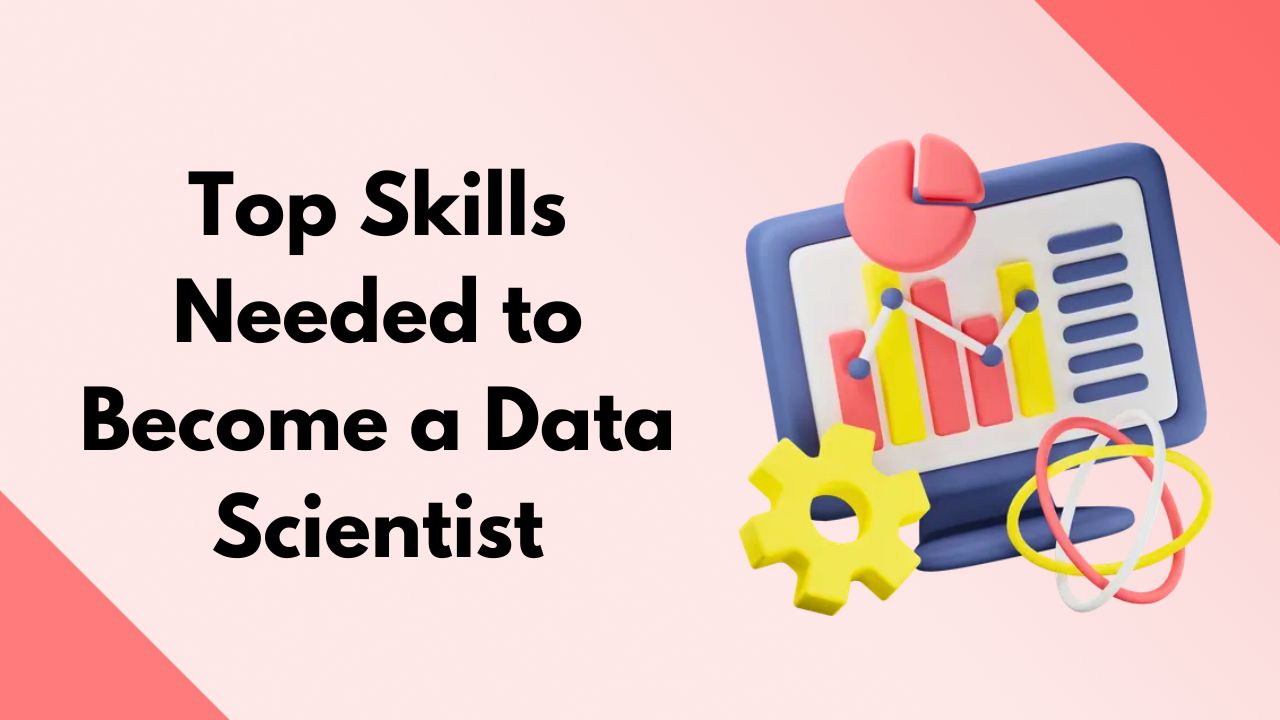Welcome to my comprehensive guide on becoming a data scientist. As someone who has trained many data scientists, I’m excited to share what I’ve learned about the skills you need to succeed in this field. Data science salaries now average $122,000 per year, making this an excellent career choice. Let’s explore exactly what you need to learn to become a successful data scientist.
Core Technical Skills
1. Programming Languages
- Python
- Basic syntax and data structures
- Object-oriented programming concepts
- Function writing and optimization
- Key libraries: pandas, NumPy, scikit-learn
- Virtual environments and package management
- R Programming
- Data manipulation with dplyr
- Visualization with ggplot2
- Statistical analysis packages
- R Markdown for reporting
- Package development
- SQL
- Database design principles
- Query optimization
- Joins and subqueries
- Window functions
- Database management systems (PostgreSQL, MySQL)
2. Mathematics and Statistics
- Linear Algebra
- Matrix operations
- Vector spaces
- Eigenvalues and eigenvectors
- Principal Component Analysis (PCA)
- Singular Value Decomposition (SVD)
- Calculus
- Derivatives and gradients
- Multiple integrals
- Optimization methods
- Chain rule applications
- Gradient descent algorithms
- Statistics
- Probability distributions
- Hypothesis testing
- Confidence intervals
- A/B testing
- Bayesian statistics
- Sampling methods
- Experimental design
Data Analysis and Visualization
1. Data Preprocessing
- Data Cleaning
- Missing value handling
- Outlier detection
- Data validation
- Error correction
- Data type conversion
- Feature Engineering
- Variable transformation
- Feature scaling
- Encoding categorical variables
- Dimensionality reduction
- Feature selection methods
2. Visualization Tools
- Python Libraries
- Matplotlib: Basic plots and customization
- Seaborn: Statistical visualizations
- Plotly: Interactive charts
- Bokeh: Web-ready visualizations
- Business Intelligence Tools
- Tableau: Dashboard creation
- Power BI: Report development
- Looker: Data exploration
- Data Studio: Google analytics integration
Machine Learning
1. Supervised Learning
- Classification
- Logistic regression
- Decision trees
- Random forests
- Support Vector Machines
- XGBoost and LightGBM
- Regression
- Linear regression
- Polynomial regression
- Ridge and Lasso
- Elastic Net
- Time series forecasting
2. Unsupervised Learning
- Clustering
- K-means
- Hierarchical clustering
- DBSCAN
- Gaussian Mixture Models
- Dimensionality Reduction
- PCA
- t-SNE
- UMAP
- Autoencoders
3. Deep Learning
- Neural Networks
- Feedforward networks
- Convolutional Neural Networks (CNN)
- Recurrent Neural Networks (RNN)
- Transformers
- Transfer learning
Big Data Technologies
1. Processing Frameworks
- Apache Spark
- RDD operations
- SparkSQL
- MLlib
- Streaming
- PySpark
- Hadoop Ecosystem
- HDFS
- MapReduce
- Hive
- HBase
- YARN
2. Cloud Platforms
- Amazon Web Services (AWS)
- S3
- EC2
- SageMaker
- Redshift
- Lambda
- Google Cloud Platform (GCP)
- BigQuery
- Dataflow
- AI Platform
- Cloud Storage
- Compute Engine
Development Tools and Practices
1. Version Control
- Git
- Basic commands
- Branching strategies
- Merge conflict resolution
- Collaboration workflows
- GitHub/GitLab usage
2. Development Environments
- IDEs and Notebooks
- Jupyter Notebook
- JupyterLab
- PyCharm
- VS Code
- RStudio
3. Container Technologies
- Docker
- Container creation
- Image management
- Docker Compose
- Container orchestration
- Deployment strategies
Soft Skills and Business Acumen
1. Communication
- Technical Writing
- Documentation
- Research papers
- Technical blogs
- Project reports
- API documentation
- Presentation Skills
- Data storytelling
- Executive summaries
- Technical presentations
- Stakeholder communication
- Visual communication
2. Problem-Solving
- Analytical Thinking
- Problem definition
- Solution design
- Algorithm selection
- Performance optimization
- Trade-off analysis
- Business Understanding
- Industry knowledge
- Business metrics
- ROI calculation
- Risk assessment
- Strategic planning
Project Management
1. Methodologies
- Agile
- Scrum practices
- Sprint planning
- Daily standups
- Retrospectives
- Kanban boards
2. Tools
- Project Management Software
- Jira
- Trello
- Asana
- Microsoft Project
- Confluence
Practical Steps to Build These Skills
- Start with Fundamentals
- Learn Python basics
- Master SQL queries
- Study statistics foundations
- Practice with small datasets
- Build Projects
- Create a GitHub portfolio
- Work on Kaggle competitions
- Build end-to-end applications
- Contribute to open source
- Get Certified
- AWS certifications
- Google Cloud certifications
- Deep Learning specializations
- Statistics courses
- Network and Learn
- Join data science communities
- Attend meetups and conferences
- Follow industry experts
- Read research papers
Learning Resources
1. Online Platforms
- Coursera
- edX
- DataCamp
- Udacity
- Fast.ai
2. Books
- “Python for Data Analysis” by Wes McKinney
- “Introduction to Statistical Learning”
- “Deep Learning” by Ian Goodfellow
- “Clean Code” by Robert Martin
- “Storytelling with Data” by Cole Nussbaumer Knaflic
Conclusion
Becoming a data scientist requires dedication and continuous learning. I recommend starting with the fundamentals of programming and statistics, then gradually building expertise in machine learning and big data technologies. Focus on one skill at a time, and practice through real-world projects. Remember these key points:
- Master the basics before moving to advanced topics
- Build a strong portfolio of projects
- Learn to communicate technical concepts clearly
- Stay updated with new technologies
- Network with other data scientists
Next Steps
- Choose a programming language (Python or R) to start
- Complete an online course in statistics
- Create a GitHub account
- Join a data science community
- Start working on a personal project
Remember, every expert was once a beginner. Take it step by step, and you’ll develop the skills needed to become a successful data scientist. Good luck on your journey.
